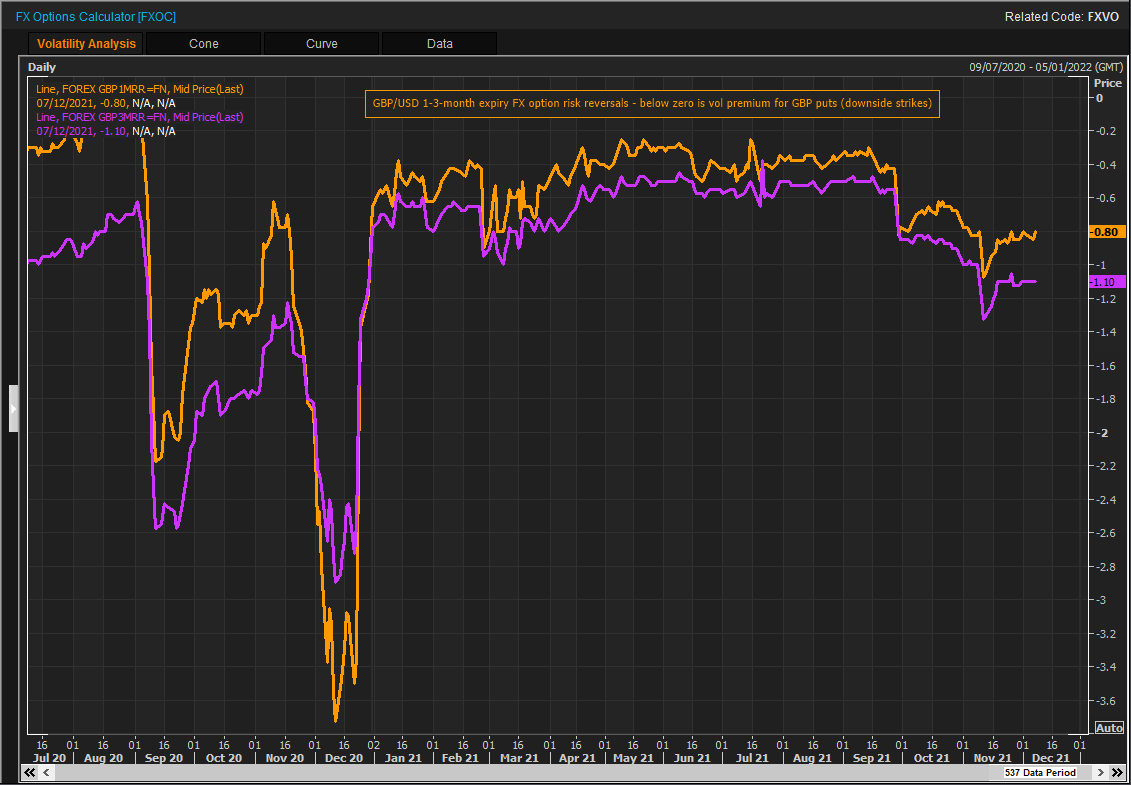
There are several benefits of investing in global real estate funds. These funds can generate capital appreciation and income. The Global Real Estate Fund is an investment strategy that aims to allow you to achieve both growth as well as income by purchasing real estate. It seeks to maximize your return on investment over a long term. How can you choose the right global real estate fund for you? Here are some points to remember:
Investing Objectives
Global real estate funds may be an option for those who are interested in current income or long-term capital growth. These funds are typically invested in global real-estate investment trusts and equities. These funds typically select complementary investment managers from a wide range of investment managers and combine them to create a single fund with a common goal. Global real property funds can offer investors diversification, as well as a higher fee and lower return than an individual manager by investing in a single security.

Asset allocation
While diversification is an essential component of portfolio construction, the reality is that global real estate funds rarely reflect this. For example, 49% of European institutional investors have a realty allocation made entirely from domestic assets. While only 5% of them allocate more then half of their funds towards non-domestic properties, the remaining 49% have a total of 49%. It is therefore important to choose the best asset class for your money.
Market risk
The lack of global real estate funds is surprising given the size of the largest real estate managers. With total assets under administration exceeding $1.5 Trillion, the top 20 realty management firms have nearly tripled in size since 2002. The number of fund managers continues to grow, with some taking direct positions in assets and collaborating with a select group of operating partners. These funds are comparable to other asset types in terms of risk, with positive returns ever since inception. Publicly traded real estate investment funds are among the most volatile because they have an equity component. All tools can be used to create a global portfolio with low risk/return.
Dividend yields
A real estate fund is a great way to diversify your portfolio. These funds invest in international real estate companies and provide broad exposure. Some fund focus on a specific region or sector, while others cover the whole world. A real estate fund can help you increase your income regardless of where you are investing. These are just a few examples of global real-estate funds.

Diversification
Although you might think that a Global Real Estate Fund will only invest in US properties it isn't true. Global Real Estate funds can diversify your portfolio and give you exposure in the US, European, as well as Asian markets. These funds can invest not only in US properties but also in specialty living properties and self-storage. This will allow you to diversify your realty portfolio while also exposing you to other high growth areas, including data centres, healthcare REITS, cell towers and specialty living property.
FAQ
What is a Mutual Fund?
Mutual funds consist of pools of money investing in securities. Mutual funds offer diversification and allow for all types investments to be represented. This reduces risk.
Professional managers are responsible for managing mutual funds. They also make sure that the fund's investments are made correctly. Some funds permit investors to manage the portfolios they own.
Mutual funds are more popular than individual stocks, as they are simpler to understand and have lower risk.
What is security in the stock exchange?
Security can be described as an asset that generates income. Shares in companies is the most common form of security.
Different types of securities can be issued by a company, including bonds, preferred stock, and common stock.
The value of a share depends on the earnings per share (EPS) and dividends the company pays.
You own a part of the company when you purchase a share. This gives you a claim on future profits. You receive money from the company if the dividend is paid.
You can sell shares at any moment.
What is the difference between non-marketable and marketable securities?
The main differences are that non-marketable securities have less liquidity, lower trading volumes, and higher transaction costs. Marketable securities, on the other hand, are traded on exchanges and therefore have greater liquidity and trading volume. They also offer better price discovery mechanisms as they trade at all times. But, this is not the only exception. There are exceptions to this rule, such as mutual funds that are only available for institutional investors and do not trade on public exchanges.
Non-marketable securities can be more risky that marketable securities. They usually have lower yields and require larger initial capital deposits. Marketable securities tend to be safer and easier than non-marketable securities.
For example, a bond issued in large numbers is more likely to be repaid than a bond issued in small quantities. This is because the former may have a strong balance sheet, while the latter might not.
Because of the potential for higher portfolio returns, investors prefer to own marketable securities.
Statistics
- Individuals with very limited financial experience are either terrified by horror stories of average investors losing 50% of their portfolio value or are beguiled by "hot tips" that bear the promise of huge rewards but seldom pay off. (investopedia.com)
- Our focus on Main Street investors reflects the fact that American households own $38 trillion worth of equities, more than 59 percent of the U.S. equity market either directly or indirectly through mutual funds, retirement accounts, and other investments. (sec.gov)
- Ratchet down that 10% if you don't yet have a healthy emergency fund and 10% to 15% of your income funneled into a retirement savings account. (nerdwallet.com)
- The S&P 500 has grown about 10.5% per year since its establishment in the 1920s. (investopedia.com)
External Links
How To
How to create a trading strategy
A trading plan helps you manage your money effectively. It allows you to understand how much money you have available and what your goals are.
Before you start a trading strategy, think about what you are trying to accomplish. It may be to earn more, save money, or reduce your spending. If you're saving money you might choose to invest in bonds and shares. You can save interest by buying a house or opening a savings account. You might also want to save money by going on vacation or buying yourself something nice.
Once you know what you want to do with your money, you'll need to work out how much you have to start with. This will depend on where and how much you have to start with. It is also important to calculate how much you earn each week (or month). Your income is the amount you earn after taxes.
Next, you will need to have enough money saved to pay for your expenses. These include rent, food and travel costs. These expenses add up to your monthly total.
Finally, figure out what amount you have left over at month's end. This is your net disposable income.
This information will help you make smarter decisions about how you spend your money.
You can download one from the internet to get started with a basic trading plan. Or ask someone who knows about investing to show you how to build one.
For example, here's a simple spreadsheet you can open in Microsoft Excel.
This displays all your income and expenditures up to now. It includes your current bank account balance and your investment portfolio.
Here's an additional example. This one was designed by a financial planner.
It will help you calculate how much risk you can afford.
Do not try to predict the future. Instead, think about how you can make your money work for you today.